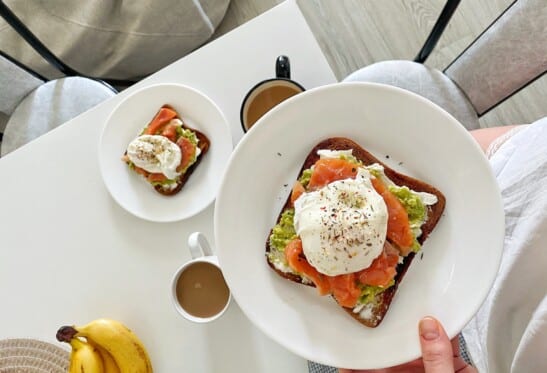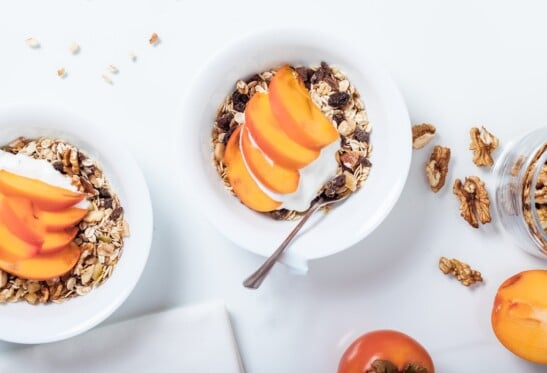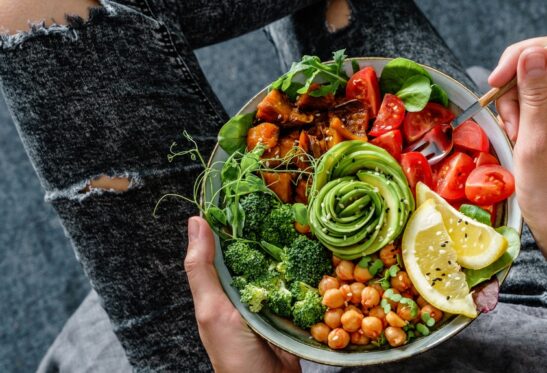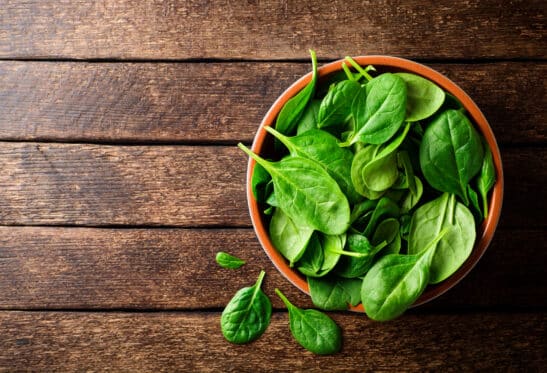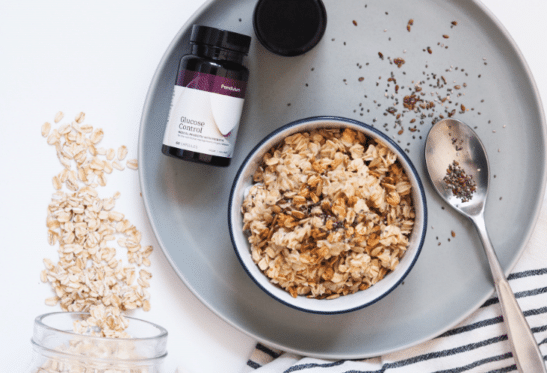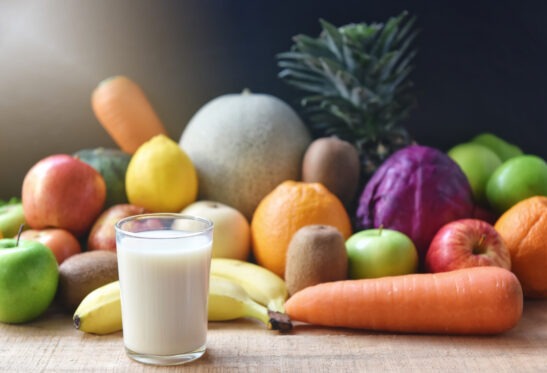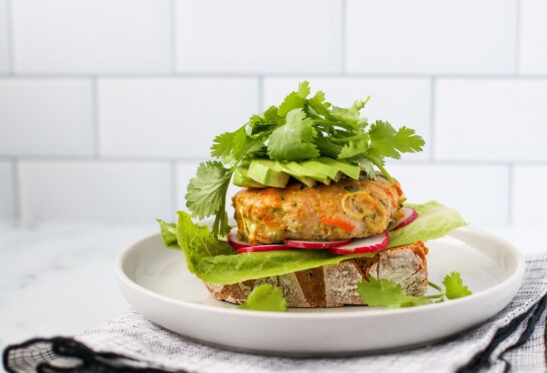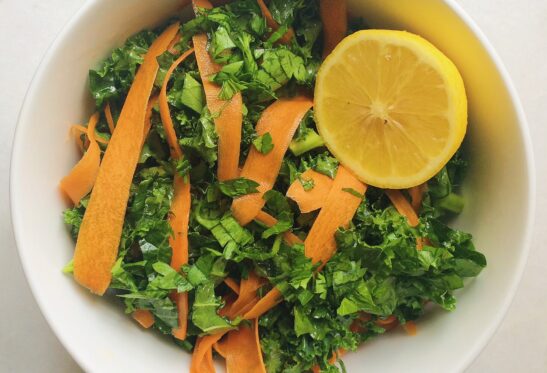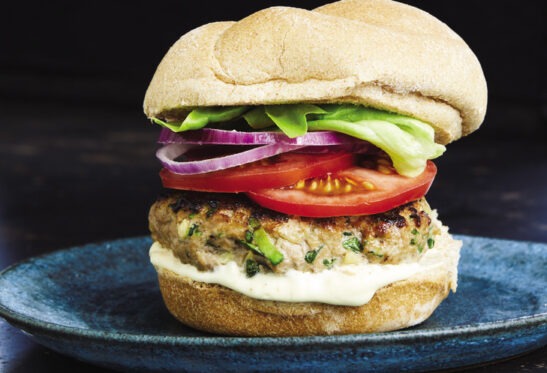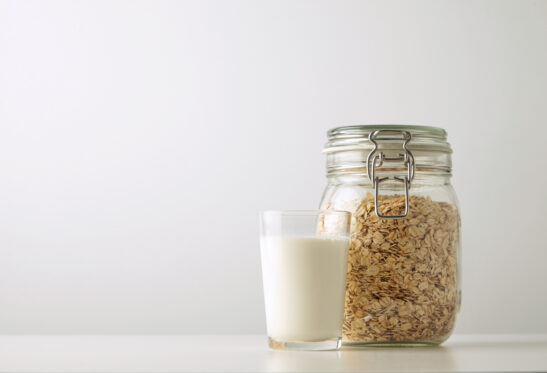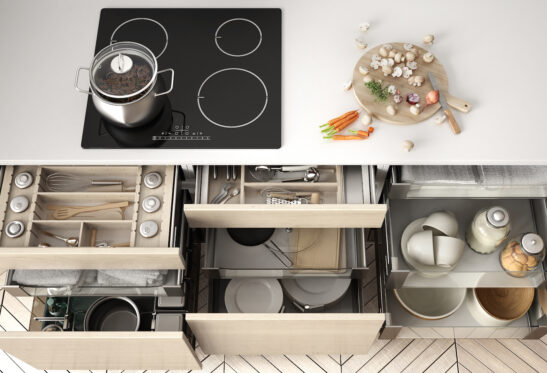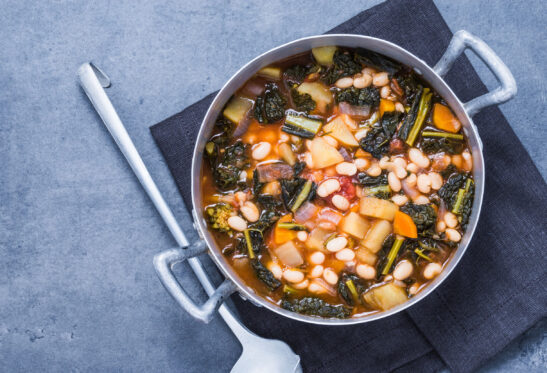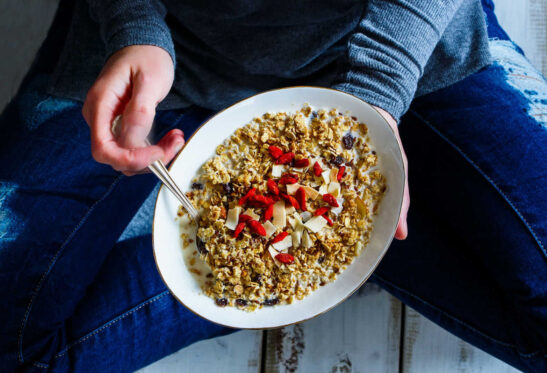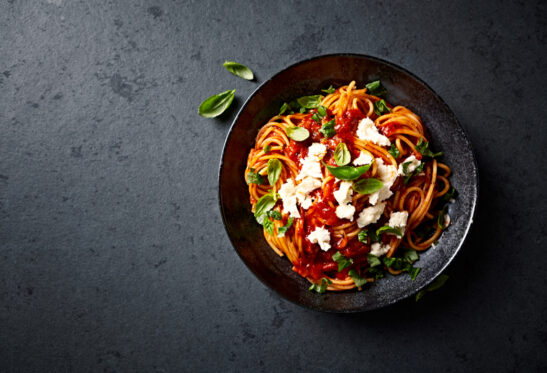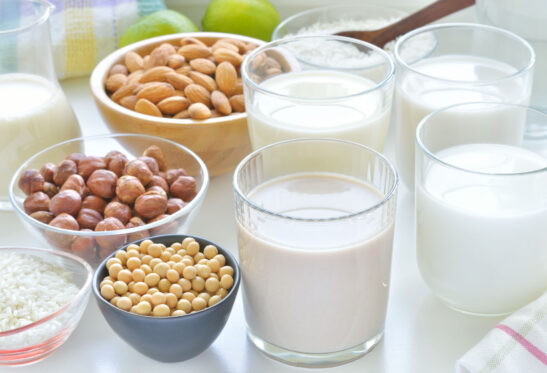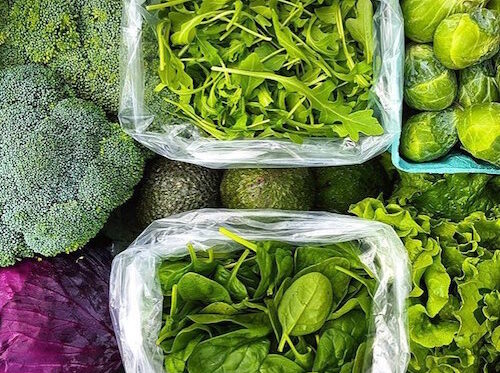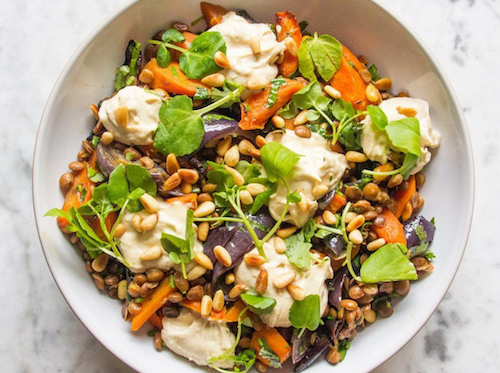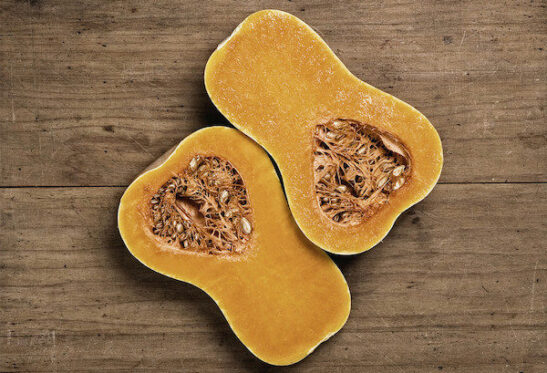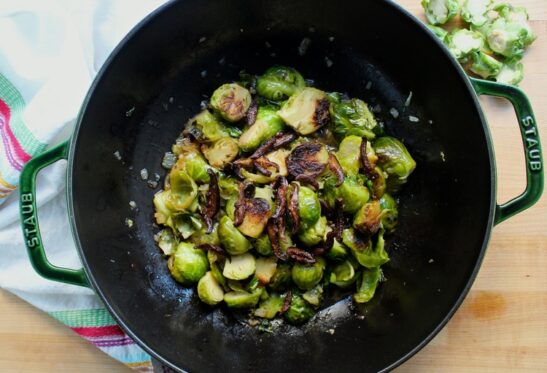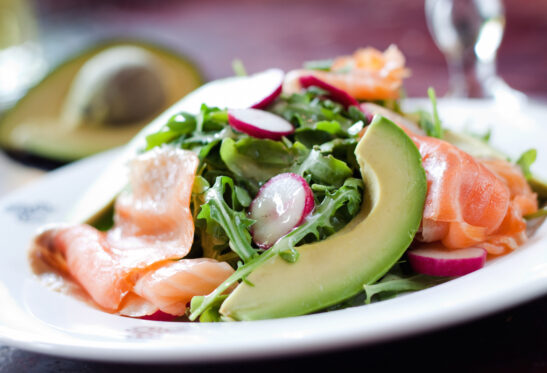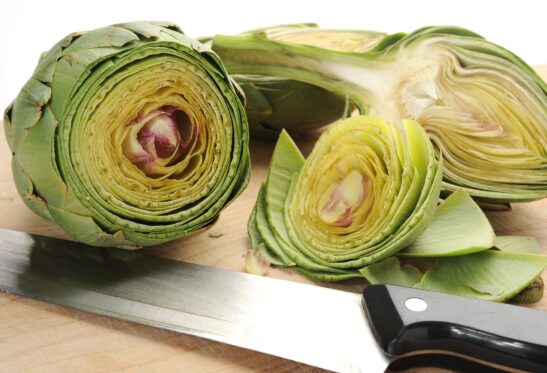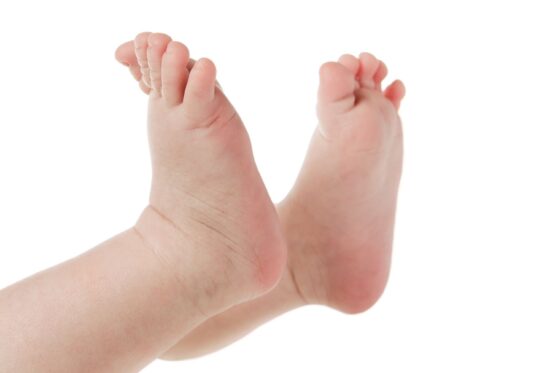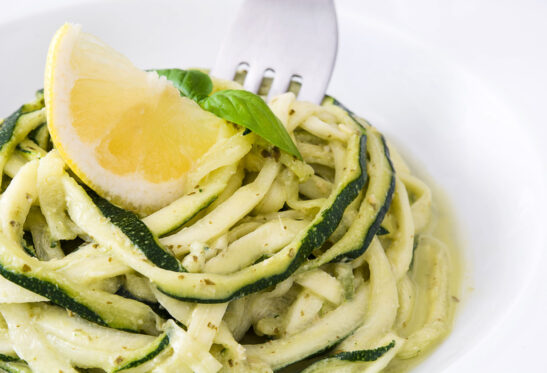 Eat Empowered
Eat Empowered  Healthy Eating Tips
Healthy Eating Tips  Weight Loss
Weight Loss
Diets Decoded: The Ketogenic Diet
Home » Eat Empowered » Healthy Eating Tips » Diets Decoded: The Ketogenic Diet
Is the ketogenic diet healthy?
We’re going to let you in on a little secret. Most popular healthy diets that are touted for weight loss—from Paleo to Mediterranean and vegetarian—share many of the same basic principles.
All involve eating whole foods (as opposed to packaged and processed) and filling your plate with quality sources of protein, healthy fats, complex carbohydrates, and vitamin-, mineral-, and fiber-rich vegetables. (Again, we’re talking about the ones that fall somewhere on the healthy spectrum, not unhealthy fad diets like, ahem, the Grapefruit Diet.)
However, each proposes a slightly different path that leads to fulfilling those principles.
In this column, we’ll be breaking them down for you one by one so you can figure out which (if any!) is right for you. We’ll quickly explain the facts and then provide quick, actionable tips on how to follow the diet as part of a Nutritious Life.
The Ketogenic Diet: What It Is
The ketogenic diet is like Atkins amplified. Instead of just low-carb, it’s “almost no carb” and lots of fat. It’s been around for a long time but has recently gotten a lot of attention.
Originally developed to treat children with epilepsy, the ketogenic diet restricts carb intake to as low as 2%-4% of calories, with a 4:1 ratio of fat to carbs and protein combined. (For comparison, standard diets contain about 45 to 65 percent of calories from carbs; we generally recommend sticking to the lower end of that spectrum and avoiding refined carbs.) The goal of eating this way is to move the body into a state called ketosis. During ketosis, instead of breaking down carbs (there are none!) into glucose for fuel, the liver converts fat into ketone bodies, which become the body’s primary source of energy. Advocates say when your body uses fat as fuel, major benefits follow.
RELATED: Will Exercising on an Empty Stomach Help You Lose Weight?
What You Eat
Ketogenic diets are high fat with moderate protein and very, very low carb intake. You eat lots of red meat, fatty fish, poultry, and eggs. Other fat-forward foods on the menu: butter, cream, cheese, some (limited) yogurt, nuts, oils like extra virgin olive oil and coconut oil, and avocados. Veggies are involved but only low-carb ones like greens, tomatoes, onions, and peppers.
What You Don’t Eat
You basically eliminate all varieties of carbs, including pasta, grains, bread, and sweets. You can also say goodbye to healthy foods like most root vegetables, legumes, and fruit. Most alcoholic drinks will also ruin ketosis, so rosé at the beach will no longer be an option.
Pros and Cons
There is some interesting research that points to potential benefits of a ketogenic diet. A few studies have shown it may promote weight loss, lower blood sugar, and increase insulin sensitivity in diabetics. (Taken together that would make it great for heart health, overall.)
RELATED: 5 Smart Tips for Heart Health
Many people also talk about brain health benefits: Studies have shown it can reduce seizures in children with epilepsy. Some studies also suggest it may slow the progression of Alzheimer’s disease, although the research in that area is far from definitive.
But here’s the issue: Could you really stick to it, and if you could, would it ruin your life? Even further, if it’s going to be that difficult for you, is it necessary? The ketogenic diet is pretty extreme, and while it may help people lose weight during a controlled study, it may drive you nuts while navigating a world filled with office cupcakes and happy hours. A diet that makes you miserable is not going to work for you, period.
Other downsides: There’s an initial period during which your body is adjusting to its new carb-free existence, and many people experience symptoms like fatigue, brain fog, and nausea for a few weeks. You also end up deficient in important micronutrients, like folate, calcium, and potassium, which is why most ketogenic devotees recommend taking multivitamins. Personally, we prefer a diet that at least in its ideal state provides all of the nutrients you need via real, whole foods.
The Bottom Line
We don’t want to totally knock the ketogenic diet since research points to the fact that it could provide real benefits for certain people. The key is to ask yourself: Am I one of those people? If you have health reasons that make you want to try it and eating bacon and eggs and steak salads every day sounds amazing, maybe you could swing it.
If nothing makes you happier than a fresh piece of sourdough or beans are one of the protein sources you rely on, there’s no point in trying a diet that’s not going to work. Just focus on minimizing bad carbs like pasta and cereals and focusing on whole grains, veggies, fruit, and legumes to meet your body’s carbohydrate needs. And by all means, eat fat! In order for our bodies to function properly, we all need to eat some fat every day. It provides energy, helps burn fat, and allows for the absorption of vitamins A, D, E and K. Just keep in mind that you can’t eat quite as much as you’d eat on a ketogenic diet if you are eating carbs.
More Diets Decoded:
The Paleo Diet
The Mediterranean Diet
The Nutritious Life Editors are a team of healthy lifestyle enthusiasts who not only subscribe to — and live! — the 8 Pillars of a Nutritious Life, but also have access to some of the savviest thought leaders in the health and wellness space — including our founder and resident dietitian, Keri Glassman. From the hottest trends in wellness to the latest medical science, we stay on top of it all in order to deliver the info YOU need to live your most nutritious life.
RECENT ARTICLES

Want a sneak peek inside the program?
Get FREE access to some of the core training materials that make up our signature program – Become a Nutrition Coach.
Get Access"*" indicates required fields





























































































